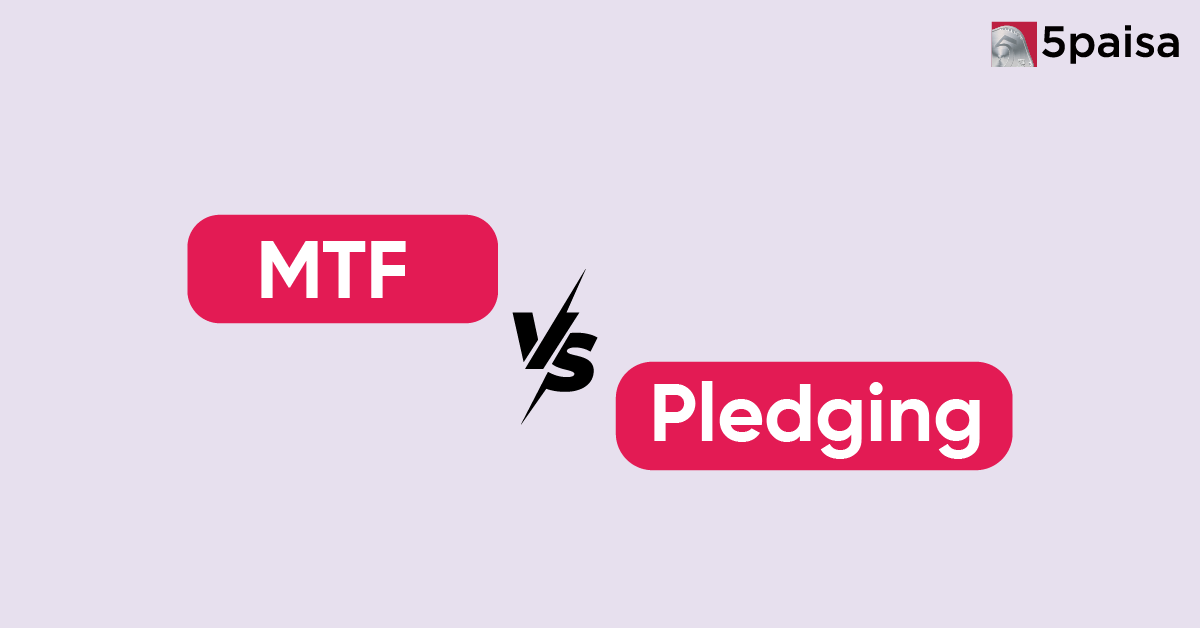MTF vs Pledging: Which Strategy Gives You More Power in the Market?
e-KYC Explained

How to do e-KYC?
Investors have to provide physical documents as verification of their Proof of Identity and Proof of Address. Submission and verification of these documents are requisite for investors to access financial products. However, with the enablement of Aadhaar based e-KYC service from UIDAI provides investors an instant, electronic, non repudiable proof of identity and proof of address along with date of birth and gender.
What is e-KYC service?
e-KYC that stands for electronic-KYC is only possible for those individual who have Aadhaar numbers. As per RBI, while using e-KYC service, you have to authorise the Unique Identification Authority of India (UIDAI), by explicit consent, to release your identity/address through biometric authentication to the bank branches/business correspondent (BC). The UIDAI then transfers your data comprising your name, age, gender, and photograph electronically to the bank. Information thus provided through e-KYC process is permitted to be treated as an ‘Officially Valid Document’ under PML Rules and is a valid process for KYC verification. The purpose of authentication is to enable investors to provide their identity and for the service providers to supply services and give access to the benefits.
The authentication and e-KYC services are available to different sectors of the industry ranging from Banks, Insurance companies, Government Organizations, Passport Offices, Airports, Depository Participants, Payment Gateway Provider and more.
Advantages of Aadhaar authentication and e-KYC
-
Easy to use process
-
Elimination of paper verification, movement and storage
-
Easy authorization system for investors
-
Real time, faster and instant results
-
Promotes paperless environment
-
Forged documents risk reduces
How to use this facility
-
The investor has to log into the KRA website (always use this service from a SEBI approved company) and enter basic details such as PAN number, email id, AMC name, bank name, date of birth, mode of holding and tax status.
-
Following this activity, the KYC compliance status of the investor will be displayed. If the investor is not KYC compliant, the individual is required to add their Aadhaar number and registered mobile number.
-
Once the user provide required details including Aadhaar number and registered mobile number, then the Aadhaar authentication screen is displayed.
-
Meanwhile, an OTP is sent to the registered mobile number, which has to be entered on the screen along with pin code.
-
Following Aadhaar authentication, the investor is required to upload a self attested copy of e-Aadhaar.
-
After this, the investor will be asked to select consent declaration displayed on the screen for further processing of the request.
-
Final stage of the process commences here wherein the Aadhaar and registered mobile number of the investor is verified with the Aadhaar database of the UIDAI.
-
Post successful confirmation, the screen displays that the investor is e-KYC verified and can carry out transactions in mutual funds.
The above mentioned is an easy and straightforward process to complete e-KYC if instructions are followed to properly and any investor can do it by themselves. A noteworthy pointer to remember is that this facility is currently available only for individual investors with single mode of holding. Also, as per Sebi rules, an individual is currently permitted an investment of Rs 50,000 each financial year per mutual fund for Aadhaar based e-KYC using OTP verification. However, if investor intends to do investment above Rs Rs 50,000 in a financial year, then in-person verification is a requisite.
- Flat ₹20 Brokerage
- Next-gen Trading
- Advanced Charting
- Actionable Ideas
Trending on 5paisa
Indian Stock Market Related Articles
Disclaimer: Investment in securities market are subject to market risks, read all the related documents carefully before investing. For detailed disclaimer please Click here.

 5paisa Capital Ltd
5paisa Capital Ltd




